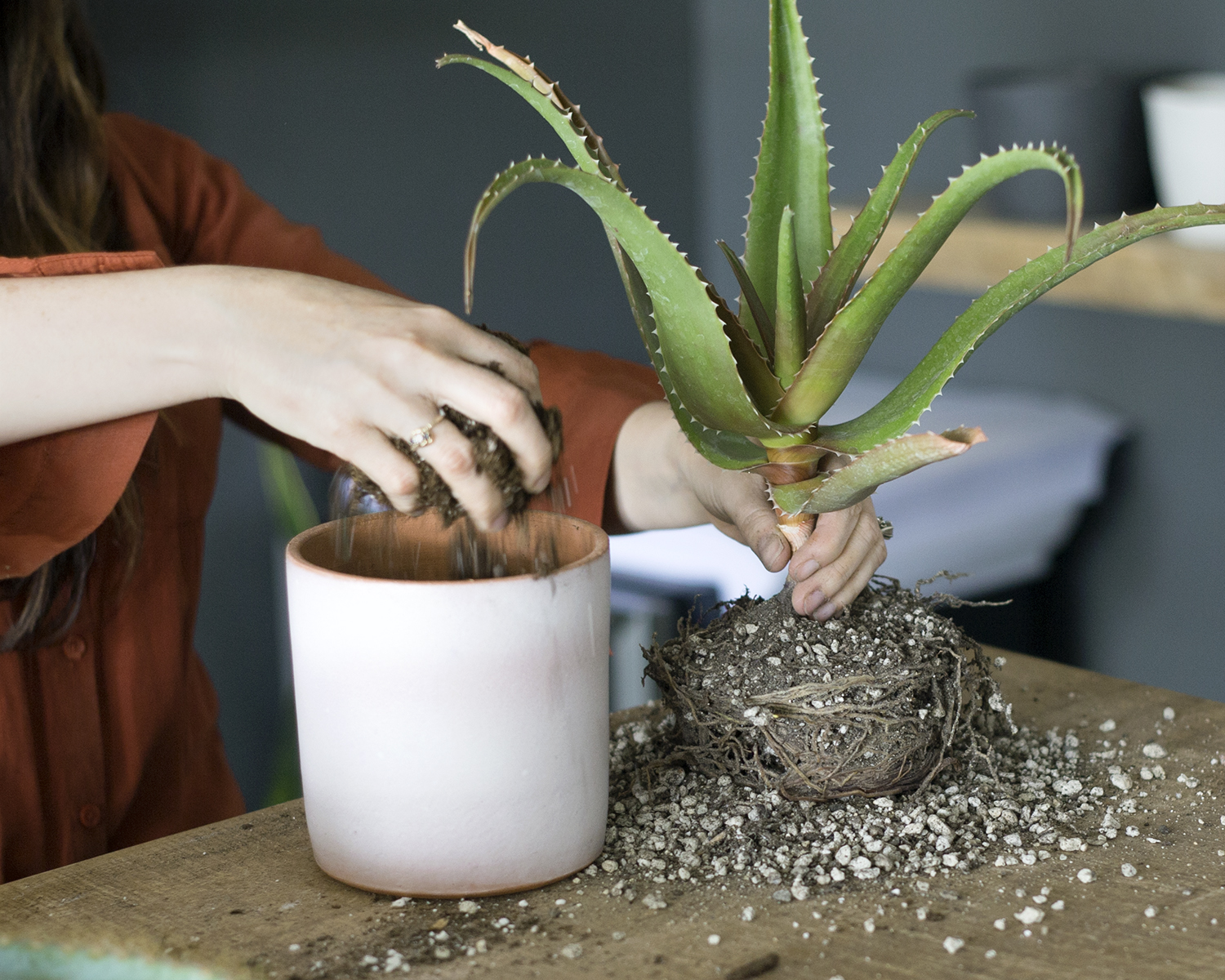Spring Forward and Nurture New Growth with Houseplant Care Tips
The weather is finally getting warmer, and the days are getting longer, which means your plants (probably much like you) are coming out of that funky winter mood.
With sunshine abound, your plants will begin to grow more than they have in the past months. In this post, we wanted to take a moment to highlight some of the tasks you can do now that the weather’s nicer to keep your plants at their happiest.
Dusting Leaves
If you don’t already do this periodically, now’s a great time to gently wipe down the leaves of all your plants with a damp washcloth or towel. Wiping clears the pores on the leaves from dust and other debris, making your plants look and feel a lot healthier. In general, it’s not a bad idea to do this every couple of months or so, but it’s most important during the spring time to ensure your plant gets to take in all of that extra sunlight.
If plant leaves get too dusty, that dust will clog their stomata and hinder their ability to photosynthesize properly. So, go on—give your plants a little wipe down. They’ll thank you for it!
Fertilize
Fertilizing is an essential part of plant care and replaces depleted nutrients in your plants’ soil, and it gives them a little extra growing power in the spring and summer. It’s best to fertilize your plants during spring and summer when they’ll be producing the most growth of the year, unlike during fall and winter when plants will barely be growing due to the drop in natural light. With this being said, it is okay to gently fertilize plants during the wintertime if they’re actively producing new growth. Much like watering, it’s always best to under-fertilize than over-fertilize. Too many nutrients, and your plant will experience what is called fertilizer burn, which scorches the leaves and damages the roots. When in doubt, it’s best to heavily dilute the fertilizer with water.
Keep in mind that if your plant has been freshly repotted, it’s best to wait a few months to fertilize, as the new soil already contains a lot of nutrients necessary for your plant.
Take a Vacation
One of the best parts of spring and summer for houseplants is that sun-lovers like succulents and cacti can take a mini vacation outdoors. As long as the temperatures remain in the mid 60s at nighttime, it’s safe to bring your plants outside.
It’s most important to slowly acclimate your plants to being outside; spending the colder half of the year indoors makes them especially susceptible to the sun’s rays, much like us. Put your plant outside for half an hour or so at first, and slowly work your way to longer periods of time. Within a few days of acclimating them, your plants will be able to withstand being outdoors for spring and summer.
If your container doesn’t have a drainage hole, be sure to place them somewhere they won’t get rained on to avoid water-logging your plant.
Repotting
Spring and summer months are a great time to repot any plants that may need it. As a general rule of thumb, it’s usually best to find a container that’s about two inches larger in diameter than your current one. If your plant hasn’t outgrown it’s container, it’s also never a bad idea to change out the soil every so often — about once every year or two is enough to maintain a healthy plant.
If you have any questions about fertilizing, repotting, moving your plants outside, or anything else, feel free to ask down below!
Written by: Egan Thorne
Photos by: Emily Kellett





